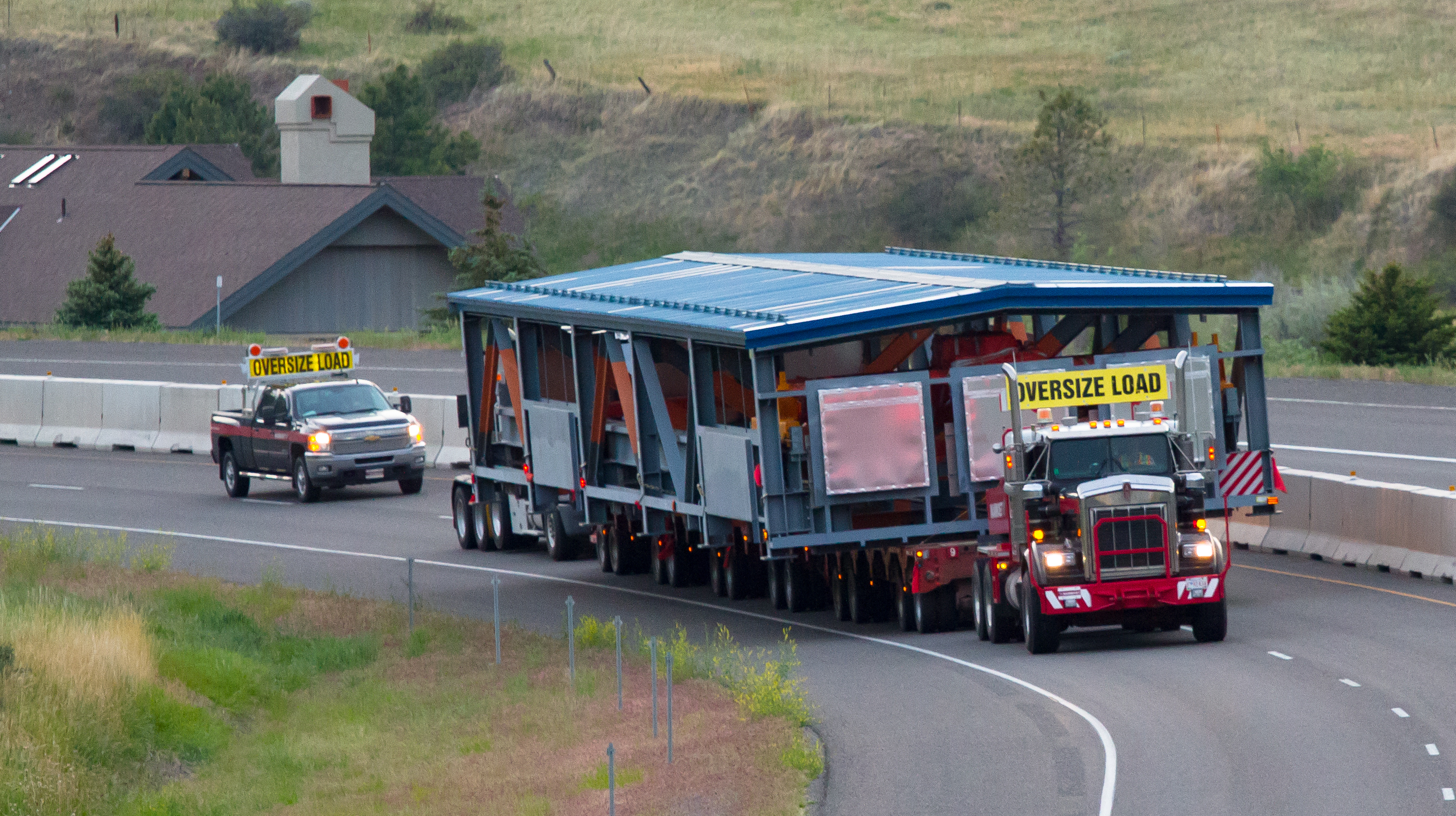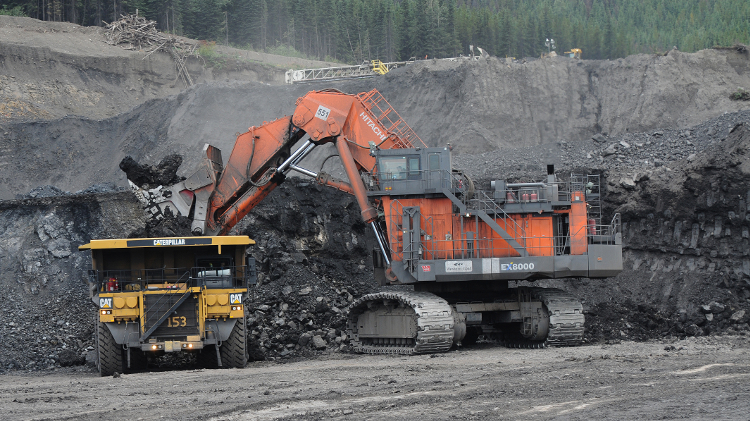Born in Ethiopia and trained in mining, mineral processing and extractive metallurgical engineering in Europe, senior mineral processing research engineer Tesfaye Negeri is today leading the physical processing component of a Natural Resources Canada (NRCan) flagship program to expedite the development of Canada’s promising but nascent rare earth elements (REEs) industry. REEs are a critical input into many electronics, clean energy and aerospace products. Currently China supplies the vast majority of REEs to the market, and before a home-grown industry can expand its share of output, a handful of Canadian REE mining companies have to figure out how to economically separate these increasingly strategic resources from the many mineral ores in which they occur. And that is where Negeri and his research group come into the picture – by finding new ways of using existing reagents and processes to process and separate a class of globally strategic minerals which will only become more important with each passing year.
CIM: What got you interested in the mining field?
Negeri: I’m from Ethiopia and did my bachelor’s degree in mining, and my master’s and PhD in mineral processing, all in Slovenia, which was still Yugoslavia at the time. I went back to Ethiopia to work for the government in mines and energy, but the country was led at that time by a communist military government, which was at war with neighbouring countries, so I left. I immigrated to Canada in December 1988 and was hired as a research scientist at CanmetMINING – a branch of NRCan – and have worked there for close to 28 years; 18 years as a scientist, then as a manager for five years and back to research for the last five years.
CIM: How did you get interested in REEs?
Negeri: When I left management to go back to science about five years ago I thought about what might be potentially important for Canada and sufficiently interesting for me as a researcher. At the time, China [by far the biggest REE global producer and processor] was blocking exports of REEs; it was around 2010. Canada should be producing its own REEs in the future and in fact there were many junior exploration companies who had already discovered several low-grade deposits with significant amounts of REEs. The problem was that there was no significant processing know-how outside of China on how to extract and separate the rare earth minerals from the host rocks. So I proposed a project, which was approved. This project laid the groundwork for a larger national project, which now involves multiple companies, and a larger research group at CanmetMINING that now also includes work on characterization, leaching, separation and environment, in addition to physical processing.
CIM: There are about 17 known REEs. Which specific ones are found in Canada?
Negeri: All of them. REEs are generally categorized as “heavy” or “light.” The heavies are more valuable [dysprosium, for example], but the lights [neodymium, for example] are also very important. Canada is rich in both. There is probably no other country that has as many REE deposits as Canada does. It has great potential.
CIM: Do REEs usually occur in isolation, or do they typically appear with other more common metallic minerals?
Negeri: They don’t exist very much with other metals; they are pretty much isolated. All the deposits we are talking about contain several different minerals, and different minerals contain different amounts of REEs. There is a negligible amount produced as a byproduct of processing aluminum, uranium, copper, gold and other metals, although in China much of their production comes as a byproduct of iron ore processing. There are also other deposits, commonly known as heavy or mineral sands, that contain the rare earth mineral monazite [in Australia, for example].
CIM: There are 19 advanced REE projects in Canada today, but none in production yet. What are the challenges of bringing these resources to production?
Negeri: The challenge is the China factor. The Chinese have different types of deposits. The balance comes from what is known as clay-type deposits where the REEs are not locked up in minerals but are rather free and adsorbed onto the clay surface. Such deposits are only known to be found in South China and Kazakhstan. All that is needed is to leach the clays with some simple chemicals and process the REEs. But in our case, the REEs must be either mined on the surface or underground, and then the rocks have to be transported, crushed, and go through several unit operations. We have to produce concentrate as clean as possible, which goes into leaching to release the elements. When you leach “dirty” concentrate, you get a lot of other elements that are very difficult to separate from the REE. So that makes the whole process complicated and expensive. It is important to note that the grade of concentrates we are going to produce from Canadian REE ores will be poorer than the grade of unprocessed Chinese ore which contains 12 to 14 per cent total rare earth oxides (TREO), compared to the average grade of Canadian ores at 0.3 to 1.2 per cent TREO.
CIM: Are there any promising new processes or technologies to process REEs?
Negeri: REE mineral processing is a relatively new field – no one has done it before for all the different and significant REE-bearing minerals that are found in Canadian rare earth deposits. That’s because up to now, the world has depended on Chinese production. So it’s only been in the last four or five years that people have started looking at ways of processing REE minerals. Because of that, few specialty reagents have been synthesized for physical processing of these minerals. We have to be very creative in using existing reagents and processes to make the processing and mineral separation feasible. So that is one of the areas that I’m working on.
CIM: What approaches have been promising to this point?
Negeri: In some cases we can use gravity separation. There are some minerals containing REEs that are heavier than others, so by using dense media separation, we classify the mineral particles according to their relative heaviness and separate the heavy from the light. The minerals of interest may be in the light or heavy range depending on the nature of the host rock. For some ore deposits this is possible, but not across the board, not all the time. Then there is ore sorting. This allows you to process less material, which therefore means you consume finer reagents in flotation or leaching. These two processes can reduce the amount of ore that has to be finely ground to further concentrate using magnetic separation, if either the minerals of interest or the host rock, not both, is magnetic. If that fails we have flotation, which requires fine grinding [requiring huge energy input]. The mineral concentrate has to be as clean and as concentrated as technologically possible to reduce the amount of chemicals consumed to leach or crack open the minerals to release the REEs into solution. That would also lead to a significant reduction in the plant size, because the bigger the mass you process, the bigger the physical installation of equipment. My drive is to reduce the capital and operating cost of processing REE minerals.
CIM: How is NRCan working with REE companies in Canada?
Negeri: The program is guided by an industry-led and NRCan co-chaired steering committee with senior-level representatives from industry, governments and academia. In addition, technical sub-committees have been established to help define technical work plans and to ensure the research is well-focused and deployment opportunities are maximized. Major REE exploration companies are part of these committees. Right now I’m working with five companies, for whom we are trying to develop the most efficient processing flowsheet. The government has allocated about $16 million to this project over a six-year timeframe. The government is investing in these research projects because there is an opportunity for Canada to be a sustainable supplier of these strategic resources.
CIM: As a strategic global resource, to what degree do REEs defy the market?
Negeri: It’s a pretty complicated kind of economics. REEs are not traded on the stock market so the purchase of these elements is always through contracts or off-take agreements between companies, so you don’t know who is selling for how much.
CIM: How long will it be before there are operating REE mines in production in Canada?
Negeri: I don’t expect any mines to be in production for at least five years, probably more like ten years, which is not a long time for developing a mine. The determining factor is always the growth in demand for more of these elements.



